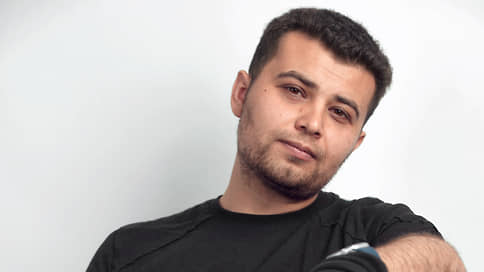Column by Nikita Korolev about who will invest in Russian microelectronics
[ad_1]

Another milestone is emerging in the technological confrontation between the United States and China in the semiconductor market: on March 8, Bloomberg, citing sources, reported that the Chinese authorities intend to attract about $27 billion to a trust fund (the so-called Big Fund), which will be filled with funds from local authorities and state-owned companies. The money will be used to develop China’s semiconductor industry. Bloomberg notes that this is the third stage of raising funds for the fund – the Chinese authorities filled it in 2014 and 2019 to support local microelectronics manufacturers.
An attempt to replenish the fund may indicate the desire of the Chinese authorities to reduce the industry’s dependence on American technologies and means of production. Chinese companies’ access to both the first and second is already limited, and we are not just talking about new and advanced production technology. Thus, on March 12, the FT reported that Samsung and SK Hynix, fearing secondary US sanctions, stopped selling even decommissioned equipment to China. It is in this direction that the fund will apparently invest.
Proposals to create some kind of analogue of a Chinese fund for investment in the semiconductor sector were also heard in Russia. For example, last fall, the president of the Element Group of Companies, Ilya Ivantsov, proposed creating a national microelectronics fund. It involves combining the efforts of the state and large companies that are ready to act as investors in the development of new technologies, the launch of facilities and the production of expensive equipment.
Although there is no evidence that the fund has been established and is being filled with money, I would not be surprised if in the coming years a number of large companies in Russia begin to pool their funds for breakthrough R&D and even invest in production facilities that will pay for themselves in decades at best.
In the last year, non-core players have also begun to pay attention to the industry. Thus, one of the largest banks in the country, according to my data, has invested enormous amounts of money in the development of chips for AI; Russian integrators and distributors of electronics, including T1 and Fplus, directly speak about their interest in investing in the segment. Sooner or later they will come to the idea of cooperation.
But the problem is that the investments of even a number of large Russian companies may not be enough for a wide range of projects. Despite the intensification in the last two years, microelectronics in the country, as experts and officials have repeatedly recognized, will have to be developed almost from scratch. And in this case, the participants in such cooperation will not have the opportunity to take risks by spending the fund’s funds on experimental solutions. There will be a lot of money, and you will have to shoot right at the bull’s eye.
[ad_2]
Source link





